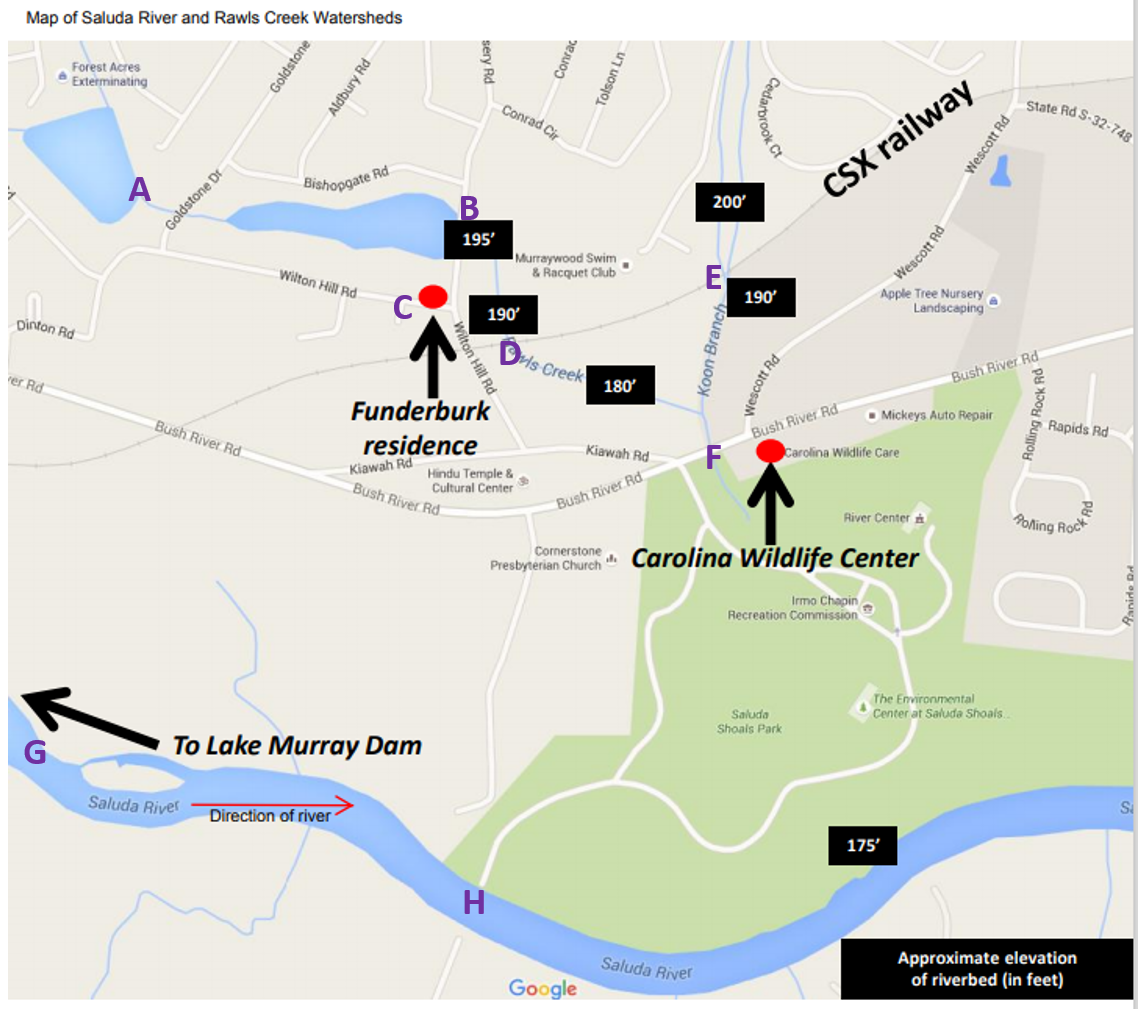Difference between revisions of "Torts notes"
Neumoeglich (talk | contribs) |
Neumoeglich (talk | contribs) |
||
| Line 149: | Line 149: | ||
+ Contract Law | + Contract Law | ||
| − | {The (multiple) criminal and civil cases against former football star OJ Simpson | + | {The (multiple) criminal and civil cases against former football star OJ Simpson [https://abcnews.go.com/US/story?id=94696 famously] illustrates some of the differences between these areas of the law. OJ Simpson was: |
| − | |type=" | + | |type="()"} |
- Acquitted of murder and found not liable for wrongful death | - Acquitted of murder and found not liable for wrongful death | ||
- Convicted of murder but found not liable for wrongful death | - Convicted of murder but found not liable for wrongful death | ||
| Line 156: | Line 156: | ||
- Convicted of murder and found liable for wrongful death | - Convicted of murder and found liable for wrongful death | ||
| − | {Police misconduct, which we will discuss later this semester, can also lead to criminal charges or civil lawsuits. Here, for example, are the first pages of criminal and civil complaints related to the death of George Floyd. | + | {Police misconduct, which we will discuss later this semester, can also lead to criminal charges or civil lawsuits. Here, for example, are the first pages of criminal and civil complaints related to the death of George Floyd. Who was sued in the civil lawsuit? |
|type="[]"} | |type="[]"} | ||
| − | + | - State of Minnesota | |
| + | + Derek Michael Chauvin | ||
| + | - Kaarin Nelson Schaffer | ||
| + | - George P. Floyd, Jr. | ||
| + | + Tou Thao | ||
| + | + Thomas Lane | ||
| + | + J. Alexander Kueng | ||
| + | + City of Minneapolis | ||
</quiz> | </quiz> | ||
Revision as of 19:44, 23 February 2021
Reading comprehension
Reading and math skills
Procedure
Standards of proof
Preponderance of the evidence
In most (but not all) contexts, the standard of proof in a tort action is "a preponderance of the evidence." In an 1895 case, the South Carolina Supreme Court approved of the following jury instructions given by the circuit court judge to the jury in a civil case:
I charge you that should you not be satisfied by the preponderance of the evidence that the defense of the defendant is sustained, then you will have to consider the case as made out by the plaintiff; and then upon him will fall the burden of proof to make out his case by the same standard, the preponderance of the evidence. By that is meant, Mr. Foreman and gentlemen, the greater weight of the testimony on the issues involved. No court can provide a jury with scales on which to weigh the evidence; but a jury of twelve intelligent men, who have a knowledge of human nature, and, from their observation of life, understand the rules of common sense, are in possession of the best scales on which to weigh evidence. When a jury comes to the conclusion that a defendant has brought forward evidence that satisfies them that, more likely than not, such and such was the case, then they may say he has established his defense by the preponderance of the evidence; or when the plaintiff satisfies the jury by competent evidence that it is more likely than not that such and such was the case, not absolutely proved, not absolutely true, because neither the plaintiff nor the defendant is called upon to establish his complaint or make out his defense beyond a reasonable doubt, but, by the preponderance of the evidence, that it is more likely than not that such and such was the case, then you may safely say that the defense has been made out by the preponderance of the evidence, or that the complaint has been established by the preponderance of the evidence.”
Groesbeck v. Marshall, 44 S.C. 538, 22 S.E. 743 (1895).
This remains an accurate statement of the law today, with one exception.
Juries
A jury in 1895 would most likely have excluded African Americans as well. (South Carolina adopted its infamous Jim Crow constitution that same year.) Unrepresentative juries are still a problem today. For a perspective on juries in criminal cases, see Emily Paavola and Linsey Vann, A Jury of Your Peers? Not Always in South Carolina (2016)
Civil versus criminal
In a criminal case, a government prosecutes a defendant for a criminal act.
In a civil case, a plaintiff sues a defendant for violating a private right.
